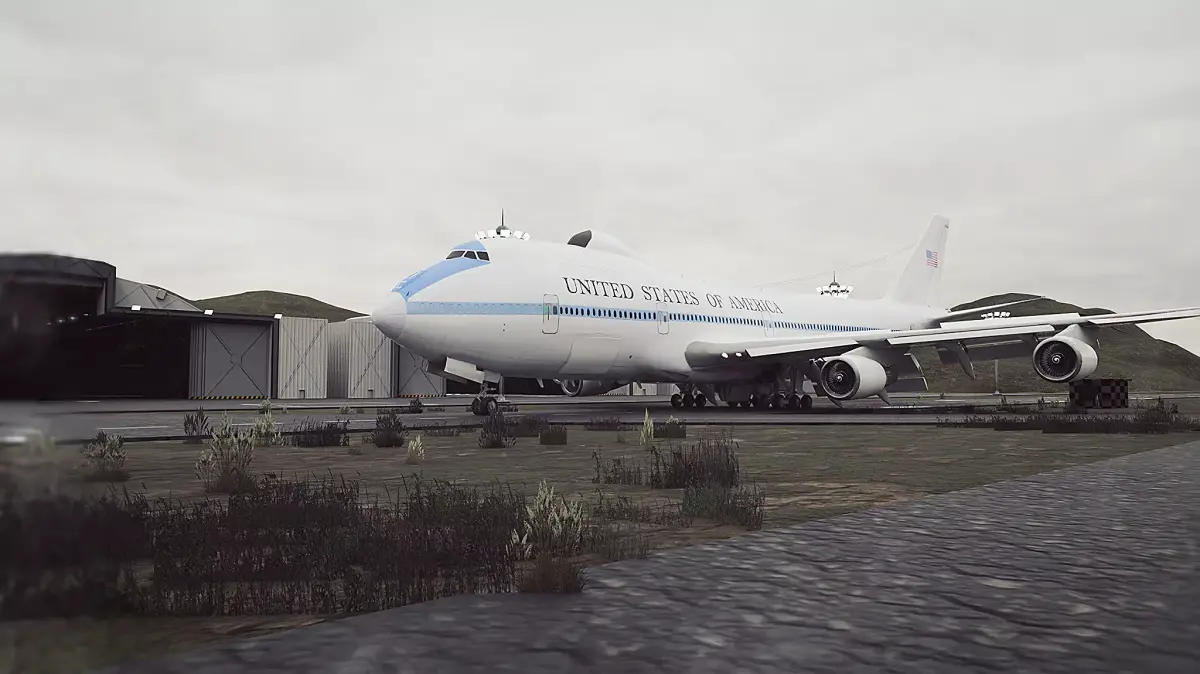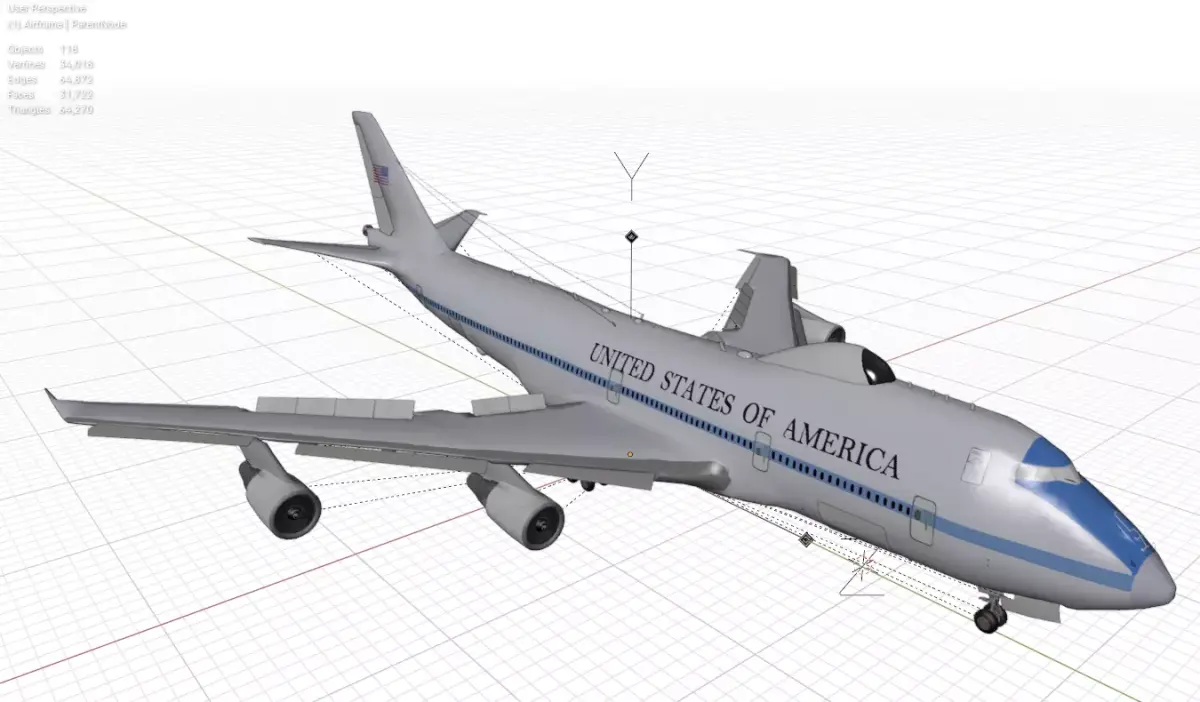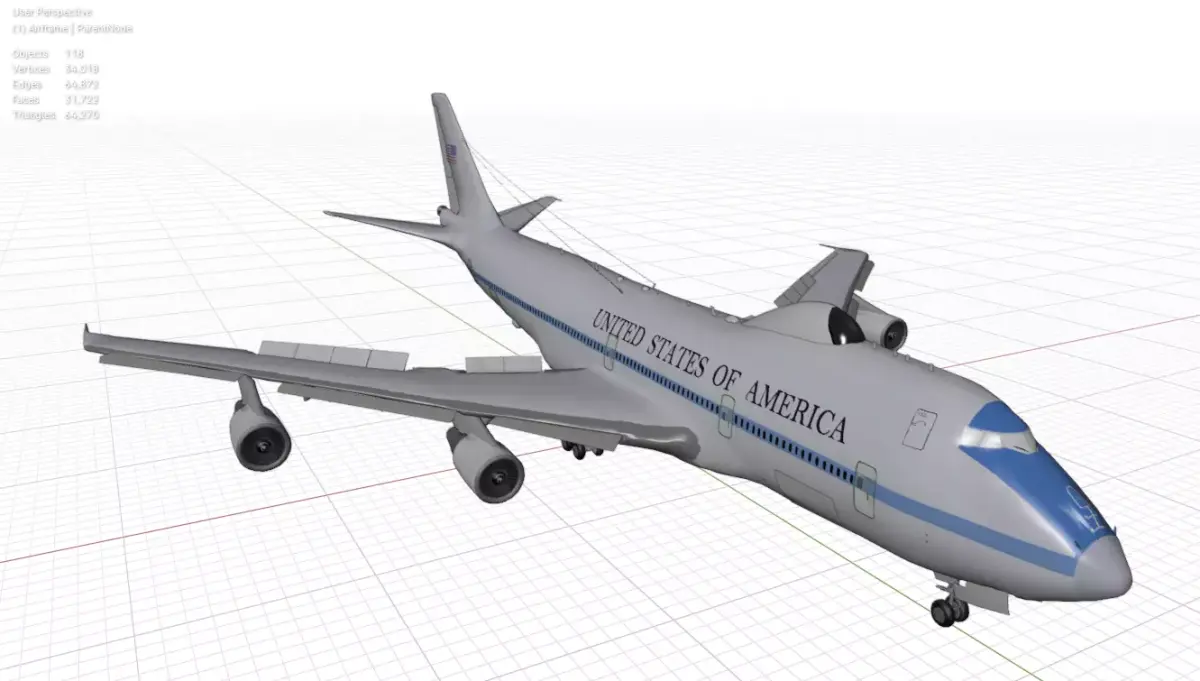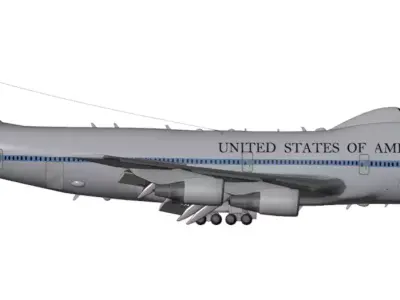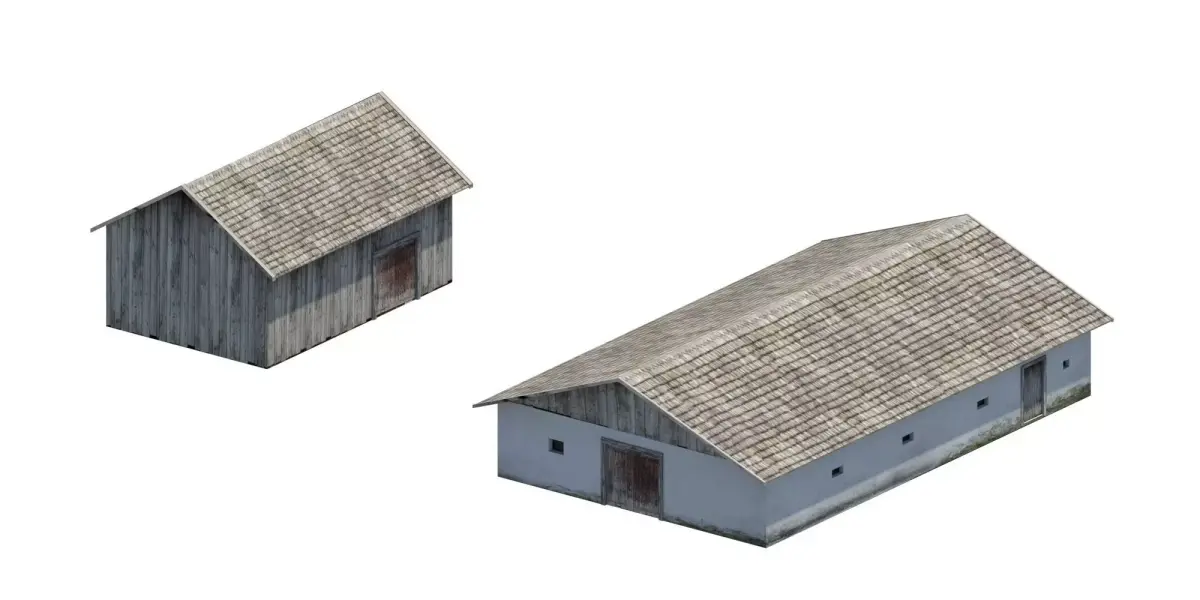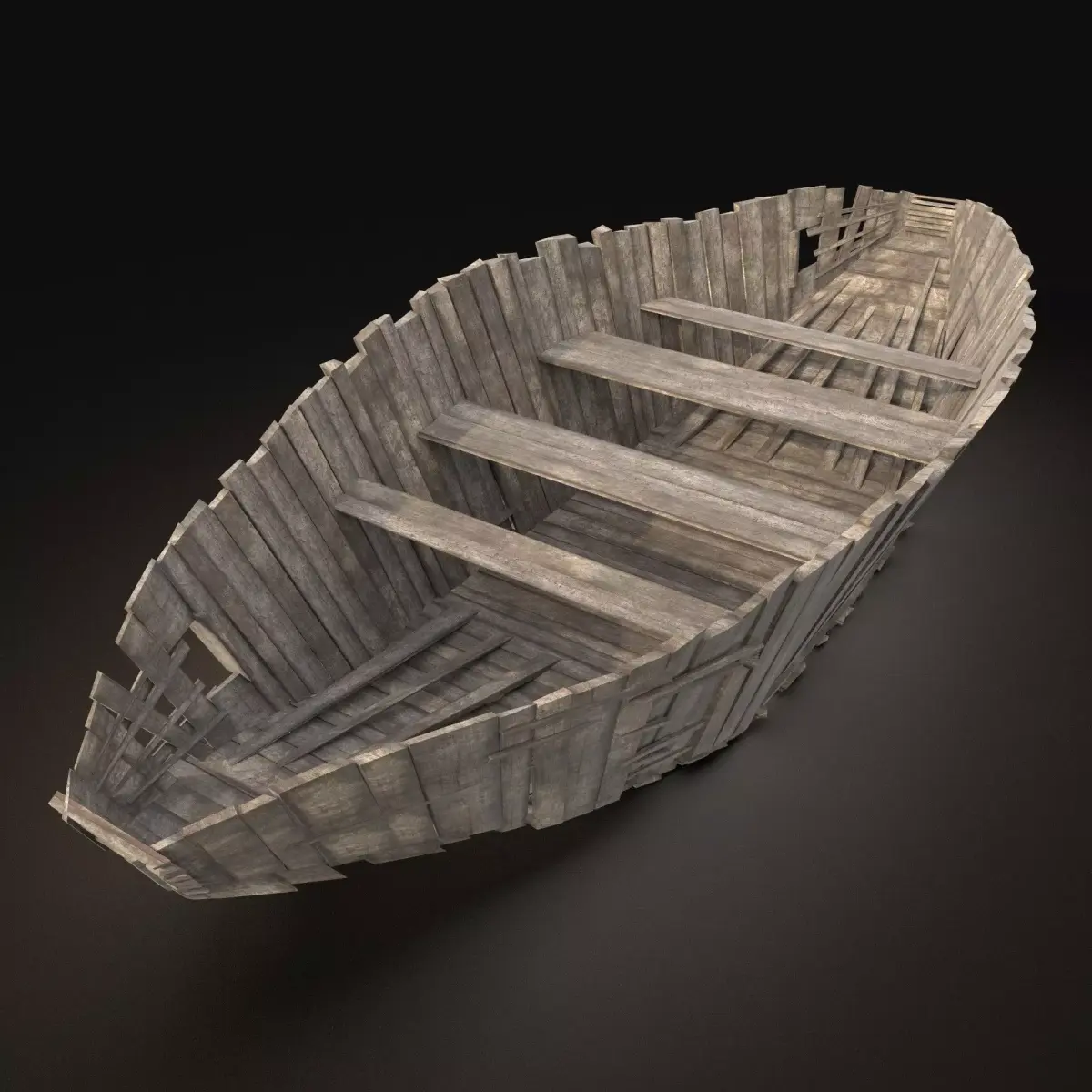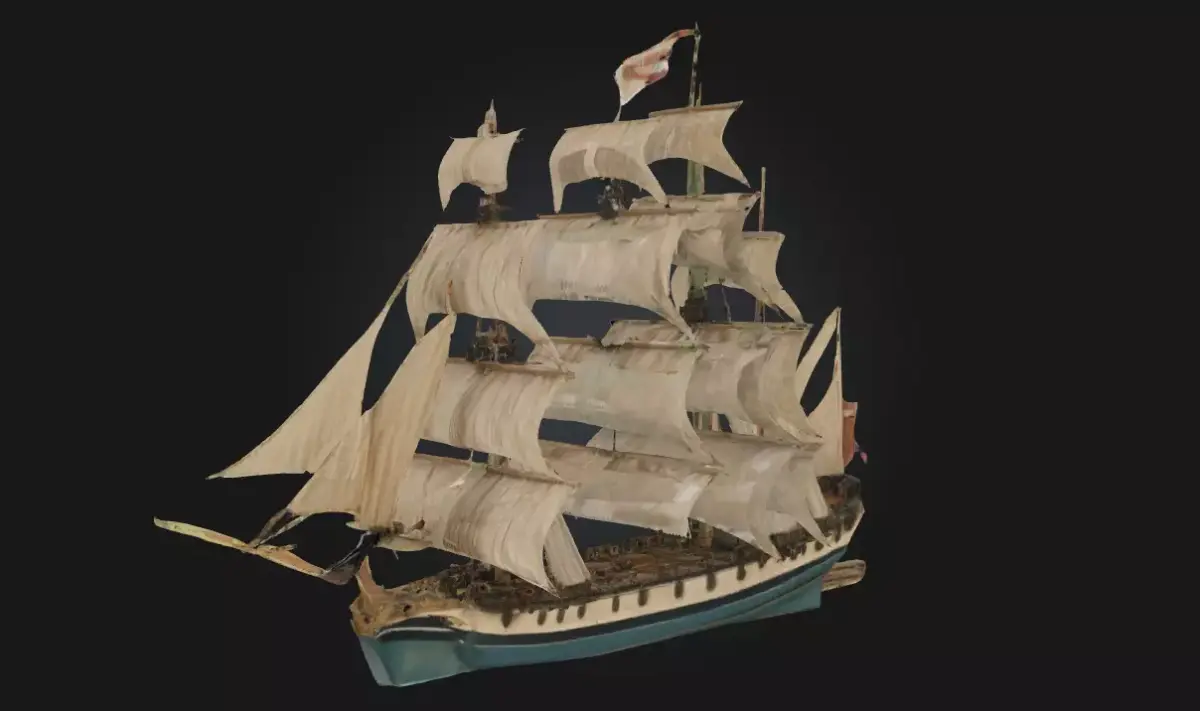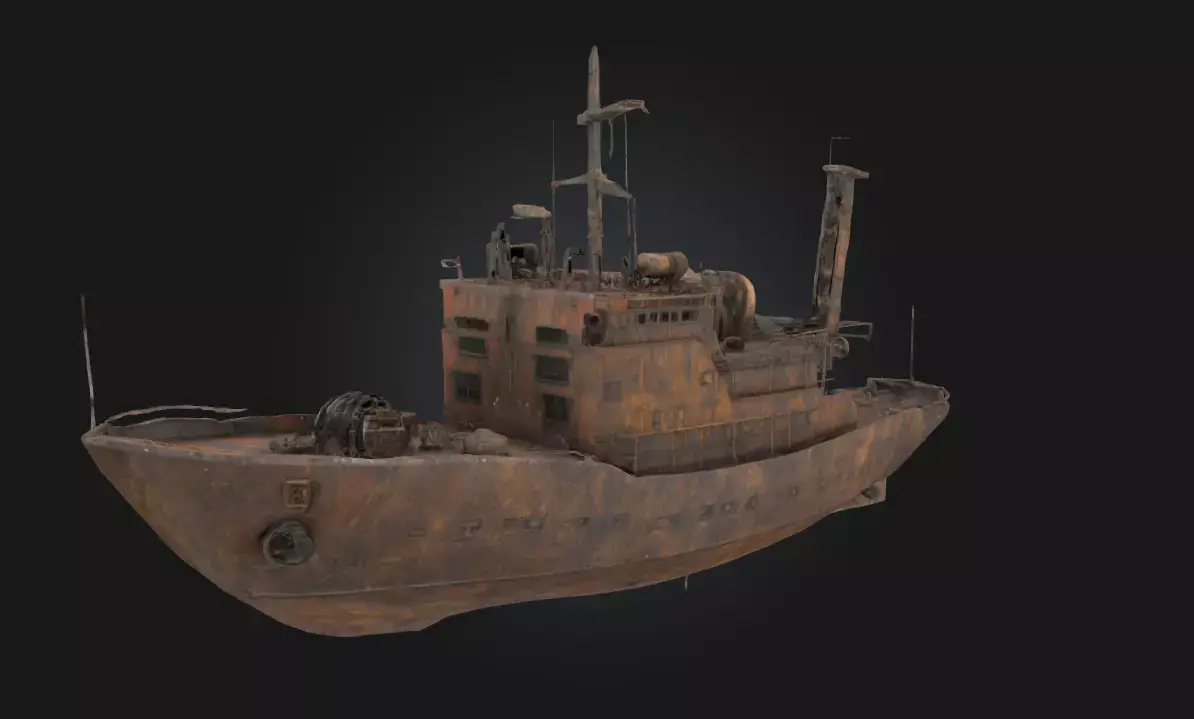- Description
- Formats
Perfect for use in games and simulation projects.
The Boeing E-4 Advanced Airborne Command Post (AACP), known universally as “The Nightwatch”, is one of the most strategically important and enduring symbols of U.S. national security. Designed to serve as a survivable, mobile command center in the event of a nuclear conflict, large-scale war, or other catastrophic scenarios, the E-4 is a unique aircraft that embodies the principles of continuity of government and assured command and control. Its mission is to ensure that national leadership, including the President of the United States, the Secretary of Defense, and the National Command Authority, can exercise full operational control of the U.S. armed forces—even in the aftermath of a devastating attack on the homeland. The E-4 is based on the venerable Boeing 747-200B airframe but is extensively modified for its critical mission. The aircraft is heavily shielded against electromagnetic pulse (EMP) effects generated by nuclear detonations and features redundant and hardened electrical systems designed to continue functioning in environments where standard electronics would fail. Its airframe includes modifications to support extensive communications equipment, satellite dishes, trailing wire antennas, and a multitude of radio systems that allow it to connect to every element of the U.S. military—whether it be land-based intercontinental ballistic missile (ICBM) silos, nuclear submarines patrolling the oceans, bomber fleets, or ground and naval forces stationed across the globe.
Inside, The Nightwatch is a flying fortress of command and control. The aircraft’s interior is divided into multiple functional areas, including a flight deck, operations team workstations, communications center, briefing and planning rooms, a battle staff area, a conference room, and rest quarters for senior leaders and crew. It carries a battle staff of up to 60 personnel when fully manned, comprising senior military officers, technical experts, and communications specialists tasked with supporting the highest levels of U.S. government during crisis operations. The aircraft is equipped with an array of secure and non-secure communication systems, capable of handling voice, data, video, and imagery links with military and civilian agencies, allied forces, and command centers worldwide. One of the defining characteristics of the E-4 is its endurance. The aircraft is capable of remaining airborne for extended periods—upwards of 12 hours without refueling, and indefinitely with aerial refueling support. This loiter capability allows it to maintain continuous oversight of U.S. military operations even during prolonged crises. In practice, there is always at least one E-4 on constant alert, often positioned at strategic locations in the United States or accompanying the President on international trips as a precaution against sudden global emergencies.
The nickname “The Nightwatch” speaks to the aircraft’s constant state of readiness and vigilance. Since entering service in the 1970s, the E-4 fleet has been continuously on standby, prepared to launch within minutes should national command and control infrastructure on the ground be compromised or destroyed. Its distinctive profile—with the prominent upper-deck bulge, large satellite and communications domes, and trailing wire antenna systems—is a visible reminder of its role as the ultimate airborne nerve center of American military might. The E-4 has participated in numerous exercises, readiness drills, and real-world contingencies, including major national disasters and times of heightened alert. Though the aircraft is not a weapon in the traditional sense, it represents one of the most crucial pillars of U.S. defense architecture. It ensures that even in the gravest of circumstances, the President and senior military leaders retain full control over the nation’s forces and nuclear arsenal.
Much about The Nightwatch’s precise capabilities remains classified, as disclosure could compromise its ability to function in a real-world conflict. What is known is that the aircraft is equipped with one of the most advanced, hardened, and versatile communication suites ever installed on an airborne platform, including satellite uplinks, VLF (very low frequency) systems for submarine communication, and multiple levels of redundancy to guard against system failure. The E-4 is designed to withstand and operate through nuclear, biological, chemical, electronic, and cyberattack environments. In summary, the Boeing E-4 Advanced Airborne Command Post “The Nightwatch” is not merely an aircraft—it is the Flying Fortress of Command & Control, a symbol of resilience, and the ultimate assurance that the national command authority will never be silenced or disconnected. It remains an essential asset in America’s strategic deterrent posture, prepared at all times to take to the skies and guide the nation’s military response under the most challenging conditions imaginable.
Formats include: OBJ, FBX. Feel free to check out the other models, just click on the user name to see the complete portfolio.
credited to its original author, «developer20xx». CGhub does not claim copyright ownership over the content used.
- Blender 4.0 ()50.9 MBVersion: 4.0Renderer: Cycles
- Autodesk FBX () (8 files)124 MB
- OBJ () (18 files)4.1 MB

